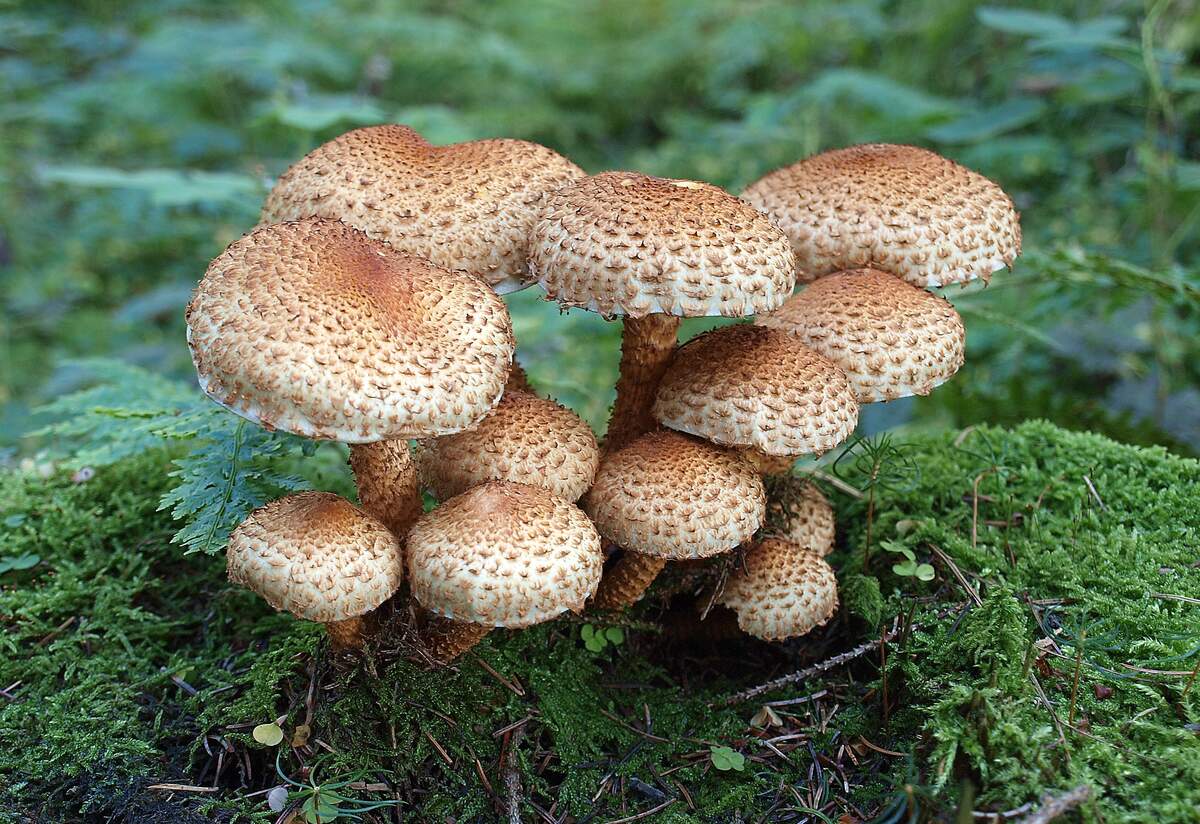

Day of the Mushroom
Day of the Mushroom celebrates edible mushrooms, which can be eaten plain, be stuffed, or be used in salads, soups, and sauces. Culinary mushrooms first began being cultivated in the early eighteenth century, in France. They were known as Parisian mushrooms by those outside of the country, and the English exported them to America by the end of the nineteenth century. It was mainly these white and brown Agaricus bisporus mushrooms that were cultivated and sold, none more so than cremini mushrooms. Beginning in the 1940s, many other types of mushrooms began being cultivated on a wider basis.
The following are some common varieties of mushrooms eaten today, some being cultivated and some being found in the wild:
- White button: most common edible mushroom, with 90% of mushrooms eaten in the United States being them; goes well with most ingredients; mild, but flavor intensifies when cooked.
- Cremini: also known as crimini, baby bella, and brown; similar to white button but a bit more robust of a flavor.
- Portobello: also known as portobella; really just a large cremini; can be up to six inches in diameter; meaty flavor—good veggie alternative for burgers; began gaining popularity in the 1990s.
- Shiitake: also known as black forest; frilly umbrella caps; meaty texture when cooked; woodsy flavor.
- Oyster: velvety texture; fluted caps; mild flavor.
- Enoki: also known as enokitake or enoke; originally from Japan; long stems; tiny caps; grows in clusters; high in potassium and fiber; used raw as a garnish with soups, salads, and Asian-inspired dishes.
- Morel: yellow and black varieties; wild mushroom; honeycomb crevices; nutty and earthy; commonly used in sauces.
- Truffle: most expensive mushroom; wild mushroom, but there has been some cultivation; robust flavor; sometimes infused in olive oils.
- Beech: crunchy texture; nutty flavor; usually cooked and used in stir fries.
- Maitake.
- Porcini: highly sought-after wild mushroom; meaty texture.
- Chanterelle frilly; flavorful, with hints of apricot and almond.
How to Observe Day of the Mushroom
Celebrate the day by eating mushrooms! There are so many types to try that perhaps you could start with those listed in the holiday's description. You could eat them raw, but it's probably best to make a recipe, of which there are many. Going foraging for wild mushrooms is another good way to spend the day. There are many poisonous and inedible mushrooms, so you should make sure you know what you are looking for before you head out. Some books like 100 Edible Mushrooms, The Complete Mushroom Hunter, and the National Audubon Society Field Guide to North American Mushrooms could help you prepare.





















